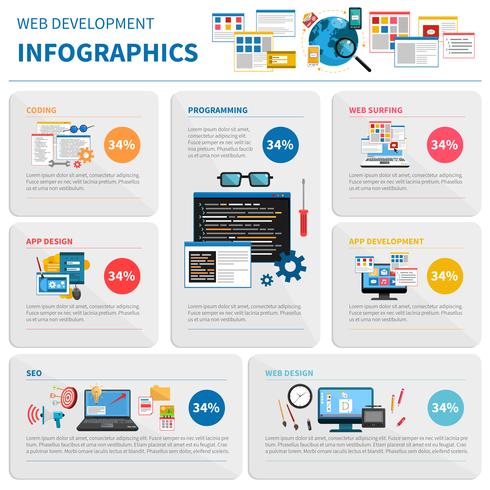Core Principles Of Internet Site Design: Suggestions For Crafting A User-Friendly Online Presence
Core Principles Of Internet Site Design: Suggestions For Crafting A User-Friendly Online Presence
Blog Article
Personnel Author-Wiley Devine
When it pertains to website layout, ensuring user-friendliness is key. From receptive layout to structured navigation, every element plays an essential role in developing a site that deals with your audience's needs. But what concerning small business search engine optimization that can make or break a customer's surfing experience? Remain tuned as visit the up coming document uncover some often-overlooked ideas that can elevate your website's use to the next degree, making it absolutely stick out in the electronic landscape.
Value of Responsive Style
Receptive style is a critical aspect of modern-day site advancement. Ensuring your web site is receptive methods that it can adjust to different screen sizes and tools, supplying a smooth experience for individuals.
With the raising use of mobile phones and tablet computers to access the internet, having a responsive design is essential for getting to a bigger audience. It aids in improving individual experience by making your website simple to browse and read on any type of gadget.
Additionally, receptive design can favorably influence your search engine positions, as online search engine like Google focus on mobile-friendly sites. By having a responsive style, you're also future-proofing your internet site, as new devices with varying screen sizes remain to arise.
Simplify Navigation Framework
To improve individual experience and assist in simple access to info on your internet site, simplifying the navigation framework is extremely important. When creating your site, focus on creating a clear and user-friendly navigation food selection that helps site visitors discover what they're looking for swiftly.
Restriction the variety of menu products to the essentials, organizing associated web pages together to prevent overwhelming users. Usage descriptive labels that plainly indicate the web content of each web page, making it less complicated for users to understand where each link will take them.
Think about applying dropdown food selections for subcategories to avoid cluttering the major navigating bar. Additionally, include a search bar plainly on the page for users who prefer searching for specific details.
Focus on mobile responsiveness in your navigation layout to guarantee easy gain access to on all gadgets.
Maximize Page Load Rate
Improving page load rate is vital for keeping visitors on your website. Slow-loading optimization and seo services annoy users and can result in high bounce rates. To enhance page load rate, start by enhancing photos. Press images without endangering top quality to lower their documents dimensions.
Additionally, enable browser caching to keep frequently accessed resources locally, accelerating tons times for returning site visitors. Minify CSS, JavaScript, and HTML data by eliminating unnecessary characters, remarks, and format, improving tons rate.
Think about utilizing a content shipment network (CDN) to distribute your website's web content throughout multiple servers worldwide, lowering latency for users accessing your website from various locations. Last but not least, limit the use of third-party manuscripts and plugins, as they can significantly influence lots times.
Verdict
In conclusion, by incorporating responsive style, simplifying navigation, and enhancing page lots rate, you can develop an user-friendly website that interest a larger target market and enhances individual experience. These essential elements make sure that visitors can quickly gain access to and browse your website throughout different tools, causing increased engagement and fulfillment. By concentrating on these vital aspects, you can construct an effective internet site that maintains users returning for even more.
